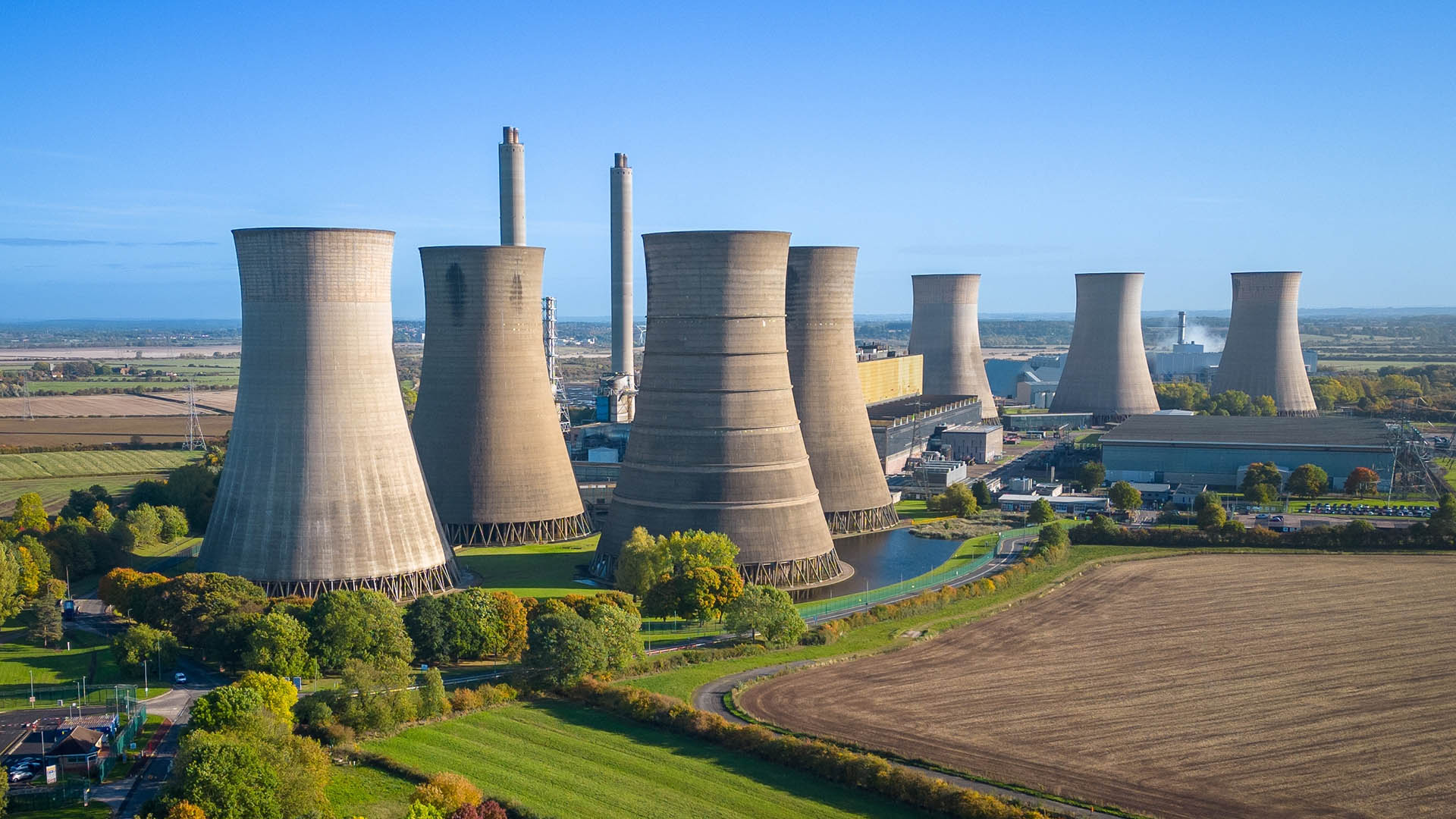The Coalition has unveiled an ambitious plan to construct seven nuclear power plants across Australia, aiming to have them operational between 2035 and 2037 if they win the next federal election. The proposal, announced by Opposition Leader Peter Dutton, targets former coal sites across five states, envisioning a government-owned nuclear future.
Proposed Sites and Timelines
The sites selected for the proposed nuclear plants include:
- Tarong, Queensland (north-west of Brisbane)
- Callide, Queensland (west of Gladstone)
- Liddell, New South Wales (Hunter Valley)
- Mount Piper, New South Wales (near Lithgow)
- Port Augusta, South Australia
- Loy Yang, Victoria (Latrobe Valley)
- Muja, Western Australia (near Collie)
Five of these sites are in Coalition-held constituencies, with only Liddell located in a Labor district.
Mr. Dutton has promised that if smaller modular reactors are chosen, the plants could start operating by 2035, while larger reactors would come online by 2037. This timeline is more aggressive than the estimates from experts like the CSIRO, who suggest a more realistic operational date would be around 2040.
Government Ownership and Financial Details
The plan involves the government funding the construction of the plants in partnership with experienced nuclear companies, following models similar to Snowy Hydro and the National Broadband Network. However, the Coalition has yet to disclose the total cost or whether it will offer incentives to communities hosting these plants.
Shadow Treasurer Angus Taylor previously suggested that the project would not require subsidies, emphasizing its commercial viability. This recent proposal of government ownership appears to contradict those earlier statements, leading to questions about the financial strategy behind the plan.
Legislative and Regulatory Challenges
To realize this nuclear vision, significant legislative changes are required. Currently, nuclear power is banned in several states including New South Wales, Queensland, and Victoria, as well as at the federal level. Overturning these bans and establishing a comprehensive regulatory framework for nuclear safety and waste management would be crucial steps.
Political and Expert Reactions
The announcement has sparked a diverse array of reactions. Experts from the CSIRO and the Australian Energy Market Operator have raised concerns about the cost and feasibility of the timeline, arguing that nuclear energy is more expensive and slower to implement than renewable alternatives. Treasurer Jim Chalmers criticized the plan, calling it "the dumbest policy ever put forward by a major party" and highlighting the potential financial burden on the public.
Community Engagement and Impact
The Coalition has pledged to create "community partnerships" in each proposed location to engage local residents and address their concerns. However, it remains unclear whether these communities will receive financial incentives or compensation.
Broader Energy Policy Implications
This proposal underscores the Coalition's differing approach to energy policy compared to the current government, which focuses on encouraging private investment in renewable energy projects. Mr. Dutton argues that leveraging existing infrastructure at former coal sites for nuclear power would be simpler and potentially cheaper than expanding renewable energy sources, which require extensive new transmission networks.














